Our Structure
Our organization, a registered non-profit association, operates with a unique structure in line with both the legal and organizational framework of registered associations in Germany and the concept of holocracy, also known as decentralised organisational models, which more or less flatten the team structure instead of stacking it in a traditional hierarchical form. Our association structure is divided into main functional areas: Governance, Administration, and Programs.
Super Circles
- General Assembly is our highest decision-making body comprising all members. It is responsible for electing the Board of Directors and making major organizational decisions.
- Board of Directors is responsible for strategic and operational management.It consists of key positions such as Director, Vice-Director and Treasurer. Our board members are volunteers. They attend board’s meeting, make financial decisions, and represent the organization.
- Members are the individuals that form the foundation of our association. They participate in decision-making during the General Assembly and elect the Board of Directors. Our Members are categorized into teaching and non-teaching staff, as well as volunteers. Their involvement is essential for the functioning and growth of our organization. Our trainers and educators embody a diverse range of expertise, combining the nuances of adult education, personal growth, leadership, mindfulness, and body-oriented methods. Non teaching staff and volunteers helps to run the organization’s programs, create a community of practice, support fundraising and marketing efforts.
Sub Circles :
Sub Circle are divisions which are organized based on thematic areas such as Health, Wealth, and Peace. Each division has a Head Organizer (HO) and Program Coordinators responsible for its development and specific learning programs related to those ares. Divisions are responsible for managing and supervising educational programs, ensuring they align with organizational goals and meet the needs of the learners.Sub Circles represent major functional areas such as Governance, Administration, and Programs, Super Circles coordinate and facilitate decision-making within each area.
Ad Hoc Groups and Focus Groups
Additionally we have Role Ad Hoc Groups and Focus Groups. Those are temporary formed groups to address specific needs, projects, or challenges, providing a flexible and dynamic approach to organizational functions. They are dedicated to specific areas such as project management, dissemination of information, volunteer management or technology and innovation etc. to support the overall functioning and success of the organization. The most important

